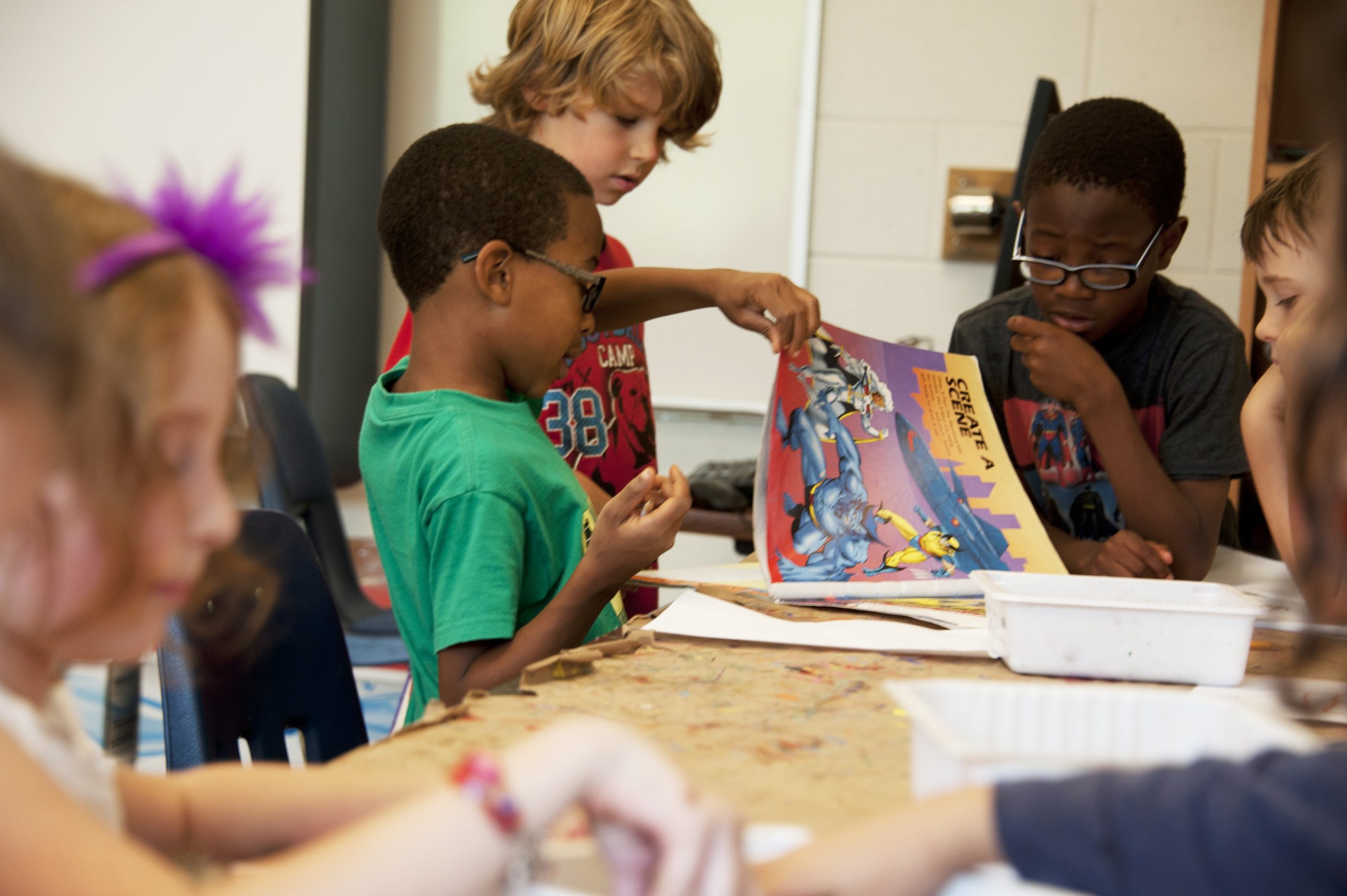Everyone has heard this about students: “If they are interested, they are easier to manage.” And although it may seem silly, this is the absolute truth. Despite this, we also need rules, routines, trust, and student participation for the class to run smoothly and effectively. But don’t worry, because in this article we are going to present you with a series of tips and resources that are useful to students of all ages.

1- Create a community
The fact of establishing affectionate relationships with and between students is the basis for good classroom management. This can be achieved through some interesting activities that help them get to know each other. As a consequence, getting to know each other will bring more empathy and understanding and, ultimately, relationships of affection, which will be reflected in much less conflict in class.
2- Create a safe, pleasant, and disciplined environment in the classroom
A suitable physical environment helps create a positive learning community. When students enter your class, they need to see themselves reflected. Their projects and written work should occupy the walls, students should design their classroom, and all graphics, instructions, or any permanent posters should be written by students; because the more they recognize themselves in the environment, the more valued they will feel.
3- Includes students in the development of rules, norms, routines, and consequences
When establishing both rules and routines, students must have their say. The teacher’s role is to facilitate and guide students through the steps of developing social contracts. What’s the score? Students will have full control over what has been decided about rules, expectations, and consequences in class.
4- Create a variety of communication channels
How many different ways can students communicate with you? The more options they have, the better. So to improve this communication here are some ideas to try:
- Encourage students to communicate with you online.
- Try to be available at different times of the day.
- Place a suggestion box on your desk so students can leave anonymous notes.
5- Always be calm, fair, and coherent
A calm, fair, and coherent teacher is a teacher who can be trusted. For this reason, always have a calm and firm demeanor, even if your head and heart tell you to act otherwise. Even if you don’t feel the same way about every student, they should never know or realize this. Being fair means that all students must follow the same rules.
If you have an up-and-down day, maintain composure and don’t change that day’s agenda or the structure of the class. This helps children feel safe.
6-Know your students
“Who I am?” “Do I know myself?” Thinking about this helps you know and understand better
to your students better. By looking at your history (finance, culture, education, and sex), you will be able to recognize the lens through which you see your students. And consequently, you can see through what lens your students see it and empathize with them.
7- Face conflicts quickly and intelligently
Never let a conflict grow. This means that you should be sure to address a problem you have with a student or between two students as quickly as possible because negative feelings—on your part or the students’—can escalate quickly. Above all, you should always be neutral in a fight between two students and in case the fight is between you and the student, you should never get upset.
8- Incorporate positive rituals in the class
It is more common in the elementary grades for the day to begin with an activity aimed at establishing a sense of community, because getting off to a good start is important at all ages. To achieve this you can use activities such as morning meetings to create a feeling of “we are all in this together”, ask some volunteers to share something good that has happened to them or will happen to them, and ask students to say a word that describes How do you feel today.
9- Keep a sense of reality
Discover the things your students are interested in—trends, music, TV shows, and games—and incorporate them as you teach them the skills, concepts, and knowledge they need. It is good to relate learning to their lives whenever you can since then students feel more interested in the syllabus.
10- Work together with parents and guardians
Teachers know that working together with parents is not easy nor is it completely under your control. Returning a teacher’s call may not be a parent or guardian’s number one priority. However, it is worth making an extra effort to connect home and school for the benefits this implies for students, both morally and academically.
